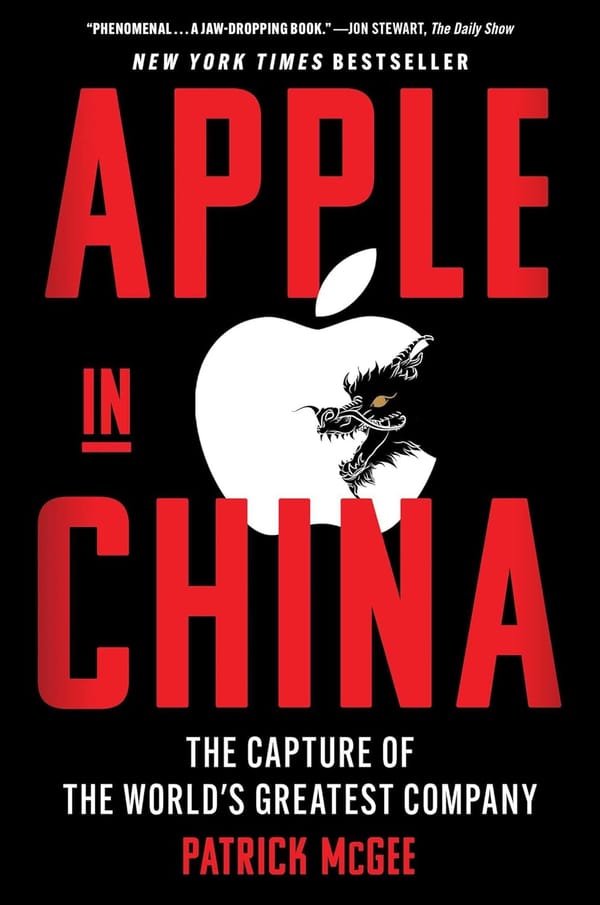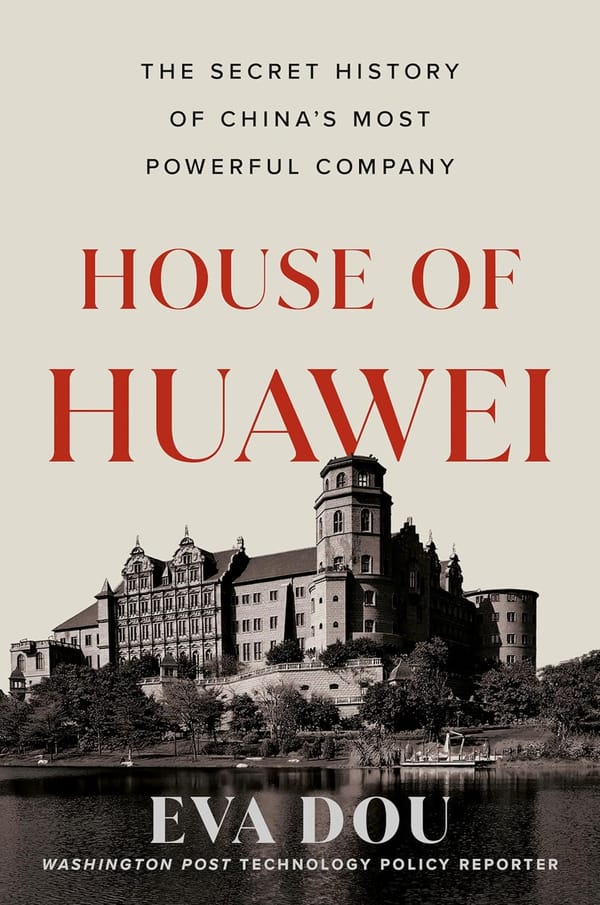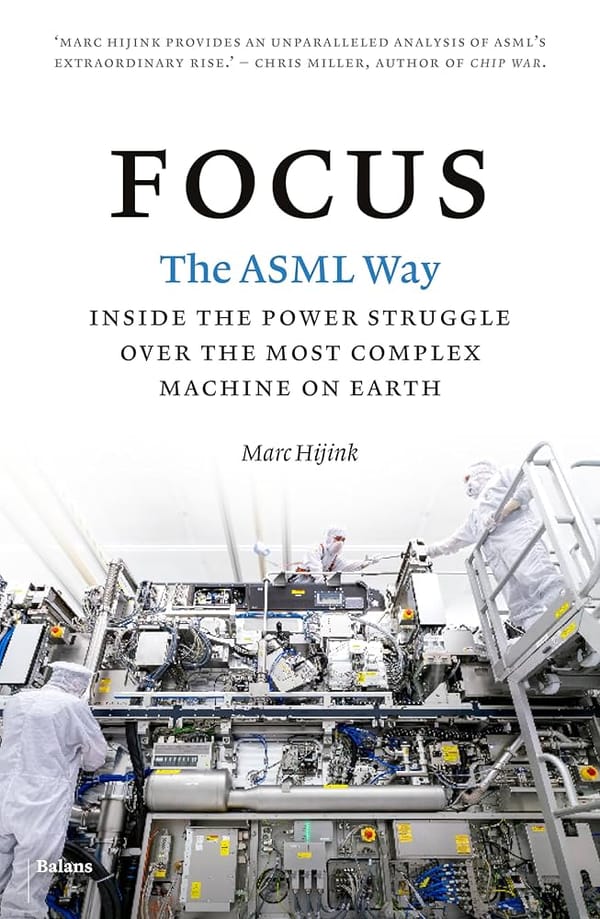By Patrick McGee (2025)
Pages: 448 , Final verdict: Great-read.
Apple is one of the most valuable companies in the world, we all know that. It has created perhaps the most successful tech product of all time, the iPhone. It’s sold billions of those, and at a great profit too.
But Apple‘s story cannot be told without China. More surprisingly, the reverse is also true: the modern rise of China technology can't be explained without a huge mention to Apple.
In Apple in China, Patrick McGee traces how a partnership born out of design ambition and manufacturing pragmatism grew into one of the most consequential—and risky—relationships in modern business.
From “Can Do” to Unstoppable Scale
When Steve Jobs returned to Apple, the company ended up in China but not because of low-cost labor. It chose it because no other country could deliver what Apple’s designers demanded: intricate assembly, massive production runs, speed, all with astonishing quality, and the willingness to learn custom tooling required to sculpt novel materials into products. Local officials and entrepreneurs bent over backwards, granting land, permits, and workforces at scale, to win Apple’s business. This “can do” spirit fueled the iMac, the iPod, and ultimately the iPhone. Apple went from manufacturing in the US to some production in the EU, Japan, Taiwan, and finally China.
Apple’s investments ballooned. By the 2010s, it was spending $50 billion a year in China. This means that in just 2 years Apple spent more than the entire Marshall Plan, which was the major European rebuilding effort of post-WW2. China gained a diverse supply network of electronics with advanced technical know-how. It also gained political leverage. What started as Apple lifting China’s capabilities flipped into Apple’s near-total reliance on Chinese factories and workers.
Under Xi Jinping, China’s openness shifted. Apple was now expected to comply with political demands: remove apps, share expertise, and accommodate censorship. Local champions like Huawei added competitive pressure, while Beijing made clear that Apple operated at its pleasure. The relationship turned from symbiotic to lopsided, with Apple increasingly hostage to the rules of the Party to the present day.
Fun bits
The book also includes many fun parts that will immerse western readers in the life in China. The best one is probably the cat-and-mouse chase of Apple vs. the "yellow cows", which is the name given to Chinese scalpers. They'd buy thousands of iPads and iPhones everyday in the few Apple Stores available and would flip them at 2x the price on the street, or in fake stores.
Bottom Line
Apple in China is part business history, part geopolitical warning. McGee shows how Apple’s obsession with design excellence built the world’s most advanced manufacturing ecosystem—only to leave the company deeply vulnerable to political risk.
This book offers a sharp, sobering account of the rise of the most profitable tech company ever. Anyone interested in technology, global supply chains and China tech will have a great time reading it.



